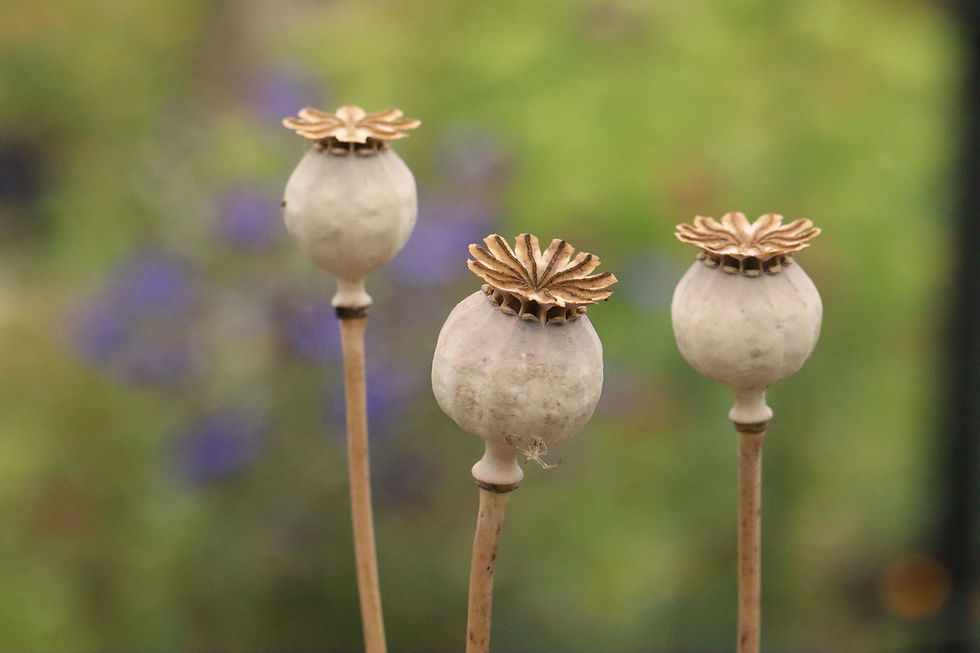Restoring Ecosystems at 42 Acres: White Storks & Wild Cats
- mia8893
- Sep 8
- 4 min read
Updated: Oct 14
Be The Earth is proud to have supported the species re-introduction of white storks and wild cats on the land at 42 Acres.
The 173 acres of land here is home to millions of lives. It is being stewarded for all the living beings we share it with.
Over the past decade, 42 Acres has nurtured a mosaic of ecologically-rich, self-sustaining ecosystems. As a result, this land is biodiversity-rich and we have seen the return of several once-thought-extinct species to this region, including beaver, wild boar, and pine marten.
Species Re-Introduction
The UK is one of the most nature-depleted countries in the world. Bringing back native species that have been lost to our local landscapes plays a vital role in reversing human impact. The effects can be felt throughout the food chain, restoring balance to the entire ecosystem and setting it on a path to recovery.
In partnership with The Species Recovery Centre, 42 Acres are working to bring lost and endangered flora, fauna and fungi back to our landscapes. Through carefully managed breeding and release programs, they aim to return lost and rare species back into the ecosystems they evolved as part of.
Currently, 42 Acres are focused on two species: White Storks and Wild Cats.
White Storks

White storks lived in British wetlands since ancient times but hunting and habitat loss led to their disappearance. The last recorded breeding pair in Britain was seen in Edinburgh in 1416.
Now, these charismatic birds have become a symbol of hope for species reintroduction efforts. At Knepp, they’ve been successfully reintroduced, with free-flying, captive-bred birds already joining wild birds on migration and bringing them back to breed with! Remarkably, Knepp has become the first place in Britain in over 600 years where wild white stork chicks have successfully fledged.
The next step is to establish a network of habitats and feeding grounds along migration routes across the UK — and we’re proud to be part of this ambitious project. In partnership with The Species Recovery Centre, 42 Acres has rehomed a small colony of white storks, supporting them breed and develop site loyalty before their release into the wild. The goal is to establish a free-flying, breeding population here in Somerset.
By working alongside other rewilding pioneers, 42 Acres aims to scale up these seed populations, paving the way for the white stork’s return to a free-living state in Britain.
The white stork enclosure at 42 Acres features multiple roosts, both high and low, allowing the birds to explore their environment, along with dedicated nesting platforms. They’ve also created four ponds and enriched the banks with native wetland plants, transforming the area into an insect haven where the storks can learn to hunt live invertebrates.
Traditionally, storks are considered harbingers of hope, joy and rebirth. We hope their return to the UK will signal not just a revival of their species but also a deeper reconnection with nature.
Wild Cats

Wild cats have been living in Britain since the last Ice Age and were once common in England and Wales. However, habitat loss and intense persecution led to their extinction in these regions over a century ago.
Today, they are Britain’s rarest and most threatened mammal, classified as critically endangered and on the brink of extinction in Scotland. With only around 200 highly-dispersed individuals left in the wild, natural population expansion is no longer possible. As a result, reintroduction is the only way to prevent Britain’s last remaining native cat species from disappearing from the UK within our lifetimes.
Wild cats look a lot like domestic tabby cats – only bigger and more stocky, with a blunt, fluffy, banded tail. Like most cat species they are shy, territorial, and live solitary lives except when breeding. Their diet consists mainly of small mammals, with rabbits being a favoured prey.
The South West was one of the last strongholds for wildcats in England and there’s evidence to show that they played a vital role in our ecosystems. 42 Acres is working with The Species Recovery Centre, and have rehomed 2 groups of wild cats on site.
"Humans have a responsibility to put right the destruction of our past, and give lost species their rightful place back in our modern landscape.” — Martin White, Head Of Estate, 42 Acres
Reintroductions excite and inspire. They're a part of the rewilding story everyone wants to know more about, especially when there's talk of bringing back our missing predators. Bringing back species is a key part of restoring natural processes and helping ecosystems function.
It is through captive breeding programs such as this, that we have a window of opportunity to safely increase species population numbers and ultimately reestablish them in the wild. Satellite sites like 42 Acres and a number of others now dotted across the country are essential to building numbers safely, preventing outbreaks of illness, and ensuring strong genetic lines.
We're excited to witness the more-than-human world thrive on this land once again!



